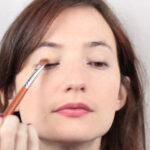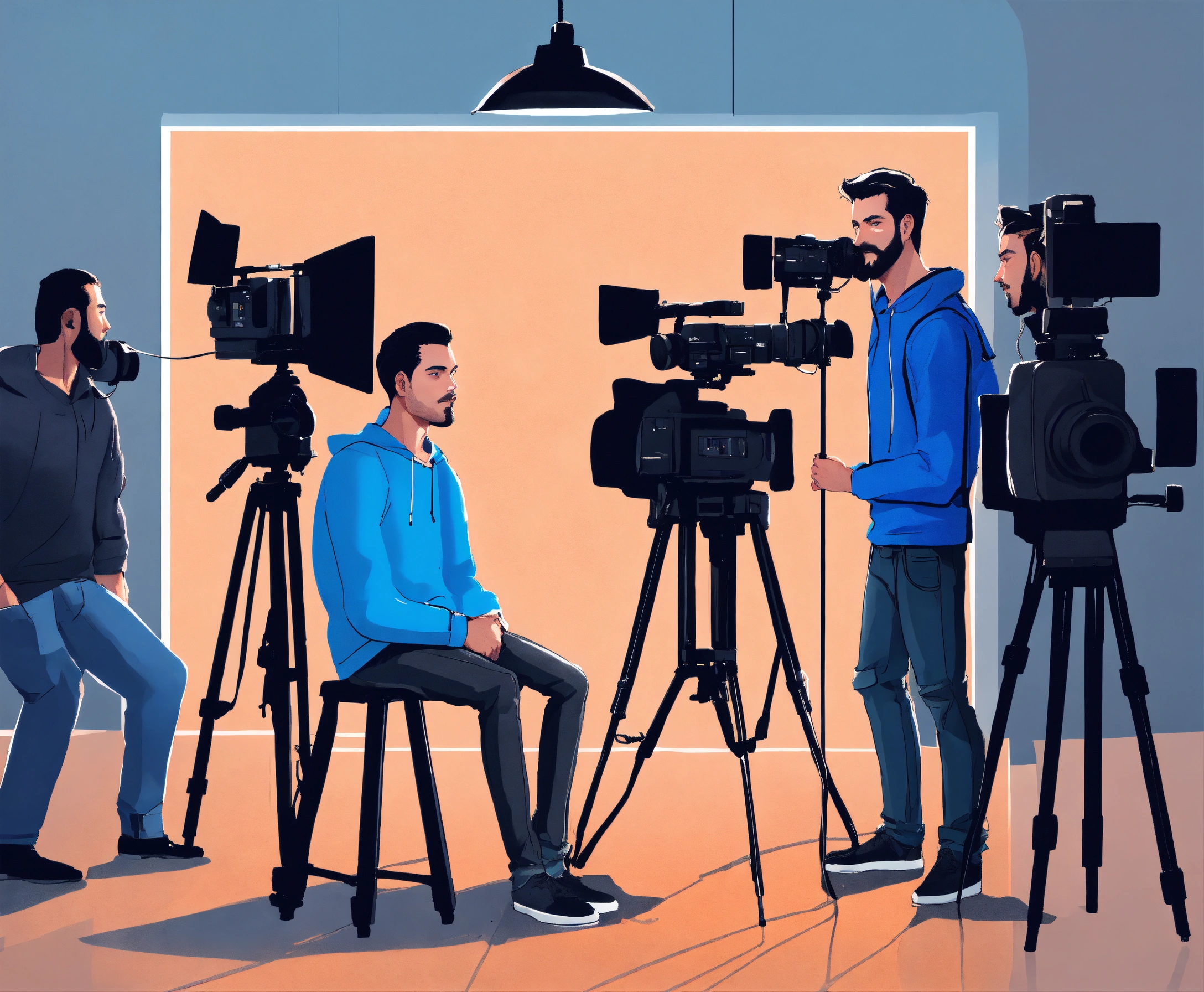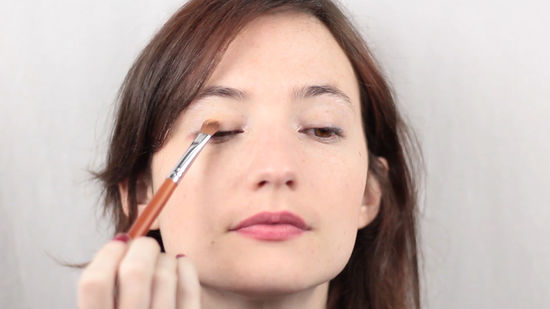Premier Eye Care
Introduction to Premier Eye Care
Your eyes are your window to the world—don’t take them for granted! In today’s tech-driven era, where screen time dominates, prioritizing your vision health is more important than ever. That’s where premier eye care comes in, offering a holistic approach to preserving and enhancing your eyesight.
Why Eye Health is Crucial
Think about it: we rely on our eyes for almost everything—reading, driving, or even recognizing loved ones. Eye health directly impacts your quality of life, productivity, and overall well-being.
Understanding the Concept of Premier Eye Care
Premier eye care isn’t just about fixing problems when they arise. It’s about prevention, cutting-edge treatments, and personalized care that caters to your unique needs.
Anatomy of the Eye: How It Works
Understanding how your eyes function can help you appreciate the complexity of their care.
Main Components of the Eye
- Cornea: The clear front layer that helps focus light.
- Lens: Works with the cornea to refract light onto the retina.
- Retina: Converts light into neural signals for the brain.
- Optic Nerve: Transmits visual information to your brain.
Common Vision Problems
Issues like nearsightedness, farsightedness, and astigmatism arise when these components don’t work in harmony.
Common Eye Conditions and Their Impact
Cataracts
A clouding of the lens, cataracts are a leading cause of blindness but can be corrected with surgery.
Glaucoma
Known as the “silent thief of sight,” glaucoma damages the optic nerve and often goes unnoticed until significant vision loss occurs.
Macular Degeneration
This age-related condition affects central vision and can severely impair daily activities like reading and driving.
Preventative Measures for Healthy Eyes

Importance of Regular Eye Exams
Annual eye exams can catch problems early. They’re especially vital for those with risk factors like diabetes or a family history of eye diseases.
Nutrition for Vision Health
Eating a balanced diet rich in omega-3 fatty acids, vitamins A, C, and E, and zinc can boost eye health. Think leafy greens, fish, and nuts!
Protecting Your Eyes from Digital Strain
The 20-20-20 rule works wonders: Every 20 minutes, look at something 20 feet away for 20 seconds.
Treatments and Technologies in Premier Eye Care
Advanced Diagnostic Tools
Today’s eye care professionals use state-of-the-art equipment like OCT scans to detect issues early.
Cutting-Edge Surgical Procedures
Procedures like LASIK and cataract surgery have revolutionized eye care, offering quick recovery and lasting results.
Non-Surgical Treatments and Therapies
From prescription eye drops to innovative therapies like vision therapy, non-invasive options abound.
Role of Lifestyle in Eye Health
Managing Screen Time
Reducing screen exposure and using blue-light-blocking glasses can protect your eyes from strain.
Healthy Sleep Patterns
Good sleep is essential for eye recovery and reduces the risk of chronic dryness.
Physical Activity and Its Benefits
Exercise improves blood circulation, which benefits your eyes as much as your heart.
Vision Care for Different Life Stages
Eye Care for Children
Regular check-ups ensure proper visual development and identify conditions like lazy eye early.
Adults and Preventative Care
For adults, preventative care means maintaining good habits and monitoring for early signs of eye diseases.
Eye Health for Seniors
Older adults should prioritize care to address risks like cataracts and macular degeneration.
Conclusion
Your eyes deserve premier care. By staying informed, adopting healthy habits, and seeking professional guidance, you can enjoy crystal-clear vision for years to come.
FAQs
What is the recommended frequency for eye exams?
Experts recommend annual eye exams, but consult your doctor for personalized advice.
Can diet affect vision quality?
Absolutely! Foods rich in antioxidants and omega-3s can enhance eye health.
How can I prevent digital eye strain?
Use the 20-20-20 rule, take breaks, and ensure proper lighting.
What are the signs of serious eye conditions?
Blurry vision, sudden pain, and flashes of light warrant immediate medical attention.
Are there exercises to improve eyesight?
While no exercise can replace professional care, practices like focusing on distant objects can reduce strain.










